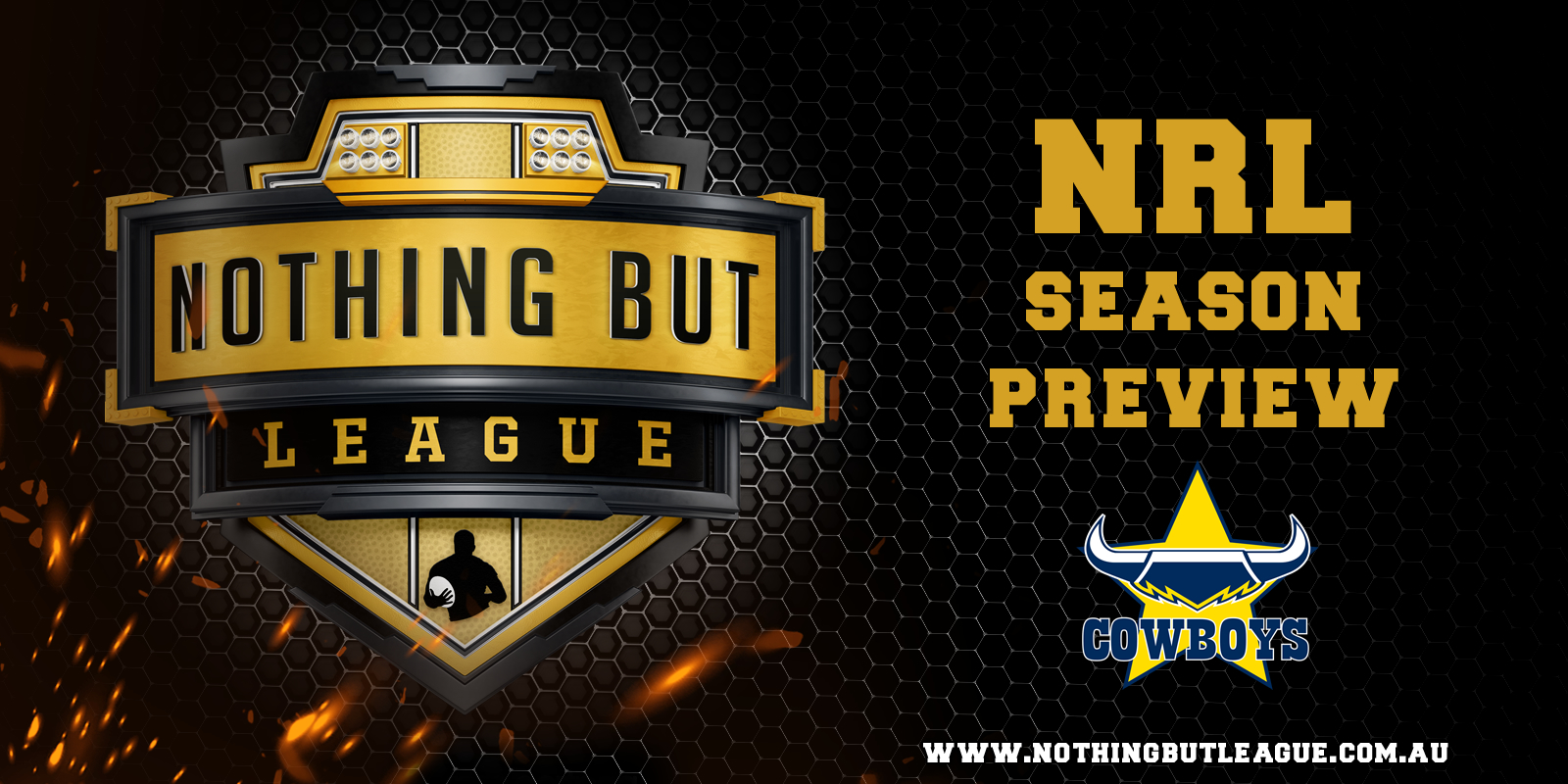One of the biggest rule changes during the COVID-19 break was the new “six again” rule, where if there’s an infringement in the play-the-ball, the referee can reset the tackle count immediately, allowing the play to flow, and cutting down on stoppages. So far, the rule has been successful.
The rule was demonstrated at the start of Thursday night’s Brisbane v Parramatta game, with the Eels capitalising on a few “six again” calls to pile pressure on the Broncos and build some momentum, winning the penalty count 6-1. Not only did the Eels win 34-6, but they had the ball for over 36 minutes (to Brisbane’s 20), 64 per cent possession and 49 sets to 32. That overwhelming advantage fatigued the Broncos’ defenders; when they finally got a chance to attack, Anthony Milford and Darius Boyd bombed tries (insert your favourite “Darius Fails” meme here).
While the score was a blowout, it was exciting watching the Eels build some attacking momentum.
BENEFITS
Rugby league has been in danger of growing stale, with more stoppages and almost every try being checked by the Bunker, who analyse potential tries with more forensic detail than a CSI marathon (though Bunker sponsors KFC wouldn’t mind). There’s also been a lot more niggling in tackles as defending teams try to slow the play-the-ball and rob attacking teams of momentum. It’s cynical and ugly.
Fortunately, the “six again” rule will punish defenders who engage in these niggly tactics. The referee will keep on resetting the tackle count until someone gets sent to the sin bin, or the attacking team scores. Wrestling is an ugly part of the game, so it’s great to see this hopefully being stamped out.
The fatigue factor allows the little men to come into their own at the back end of halves. This could see the impact player come back: the clever little dummy half runner who exploits tired forwards, knowing the tackle count will be reset if the defenders infringe. This will lead to more exciting footy as creativity is allowed to thrive rather than just boring bash-barge-bash-barge forward play.
DRAWBACKS
There are some downsides though: the opening two games (Broncos v Eels; North Queensland v Gold Coast) had blowout scores, with the Eels winning by 28 and the Cowboys winning 36-6. This could even out as defenders get used to the new rule and learn to adapt. Thirty-point wins aren’t too thrilling for neutral fans (and supporters of the losing teams hate it), but it’s short-term pain for hopefully long-term gain. Just be prepared for a few more thrashings though.
As these “six again” calls are at the referee’s discretion, consistency could be an issue, especially as there’s only one referee now. Referees aren’t robots, and they’ll get as fatigued as the players (probably more, as the players can at least have a spell on the bench for a bit). Expect lopsided possession counts and a few mistakes while the referees adjust.
While the fatigue factor will open the game up for the little men, could it lead to more injuries? With players forced to defend multiple sets, and pushed to the brink of exhaustion (okay, that’s a little dramatic, but you get the idea), there could be a higher risk of injury. With a shortened season, a few crucial injuries could destroy a team’s season.
THE DECLINE OF THE PENALTY GOAL
While free-flowing footy is great, it could also see the tactical penalty goal fall out of the game, and increase the chance of the attacking team finishing an attacking foray with no points. While we don’t want to see the game dominated by penalty goals, often a precious, hard-won two points can decide games.
There’s one way to fix this. It involves borrowing from union’s brilliant advantage rule, where an attacking team keeps on rolling upon earning a penalty. When the play breaks down, the referee goes back to the original penalty.
This could be tweaked for the “six again” rule: if the attacking team earns a new set but doesn’t score (either through an error or the set ending naturally), the referee can go back to the most recent penalty. This gives the attacking team two options: either take the two points if it’s in kickable range, or start again with a fresh set of six. This gives the attacking team more freedom, knowing they have a back-up two points if they want it.
THE FUTURE
Like most new rules, there will be some teething problems, especially after two months with no footy (as good as the NRL/Fox League classic games were, it’s brilliant to have live footy back), but so far the “six again” rule seems to be good for the game. Hopefully we’ll be just as enthusiastic about it come October.








